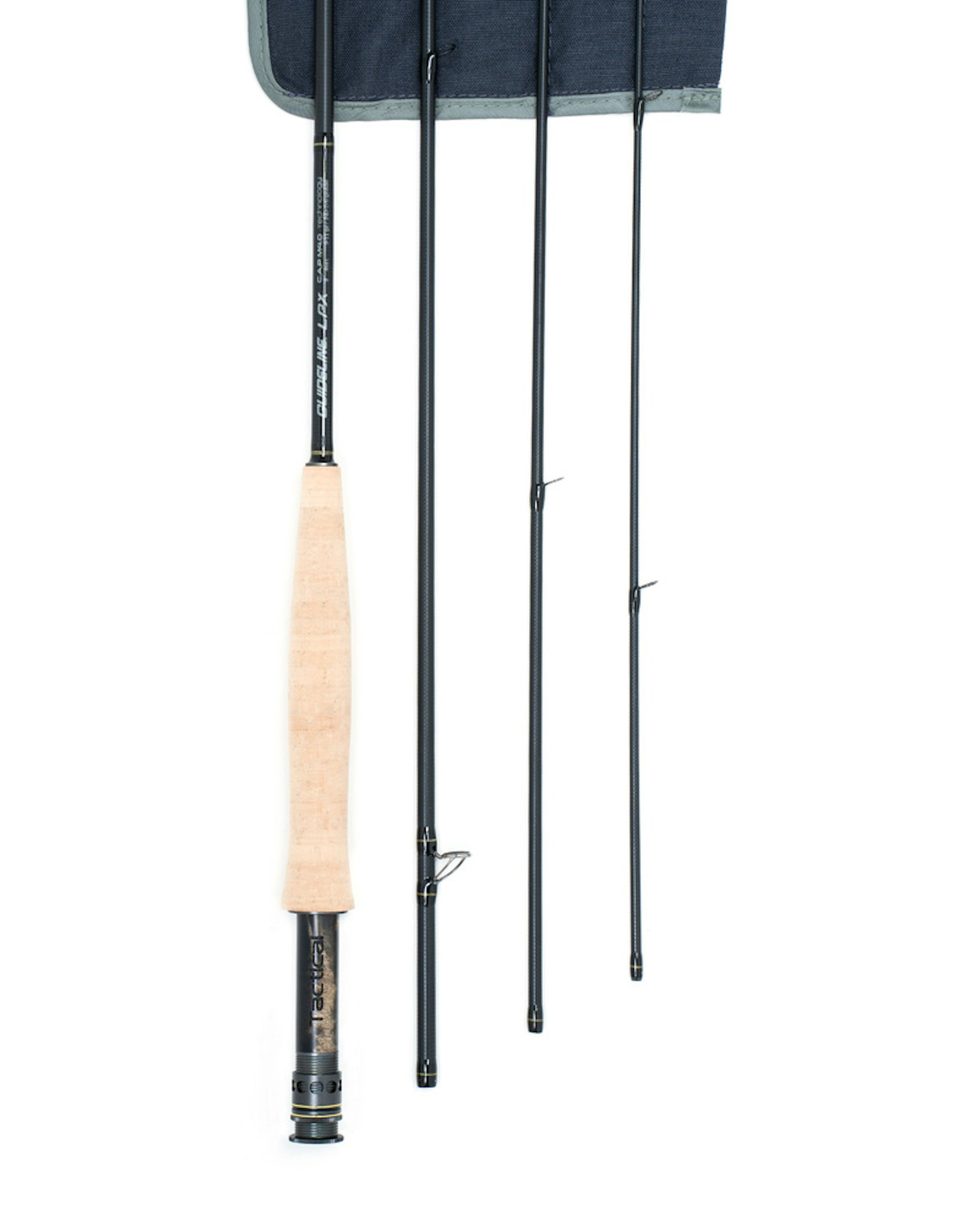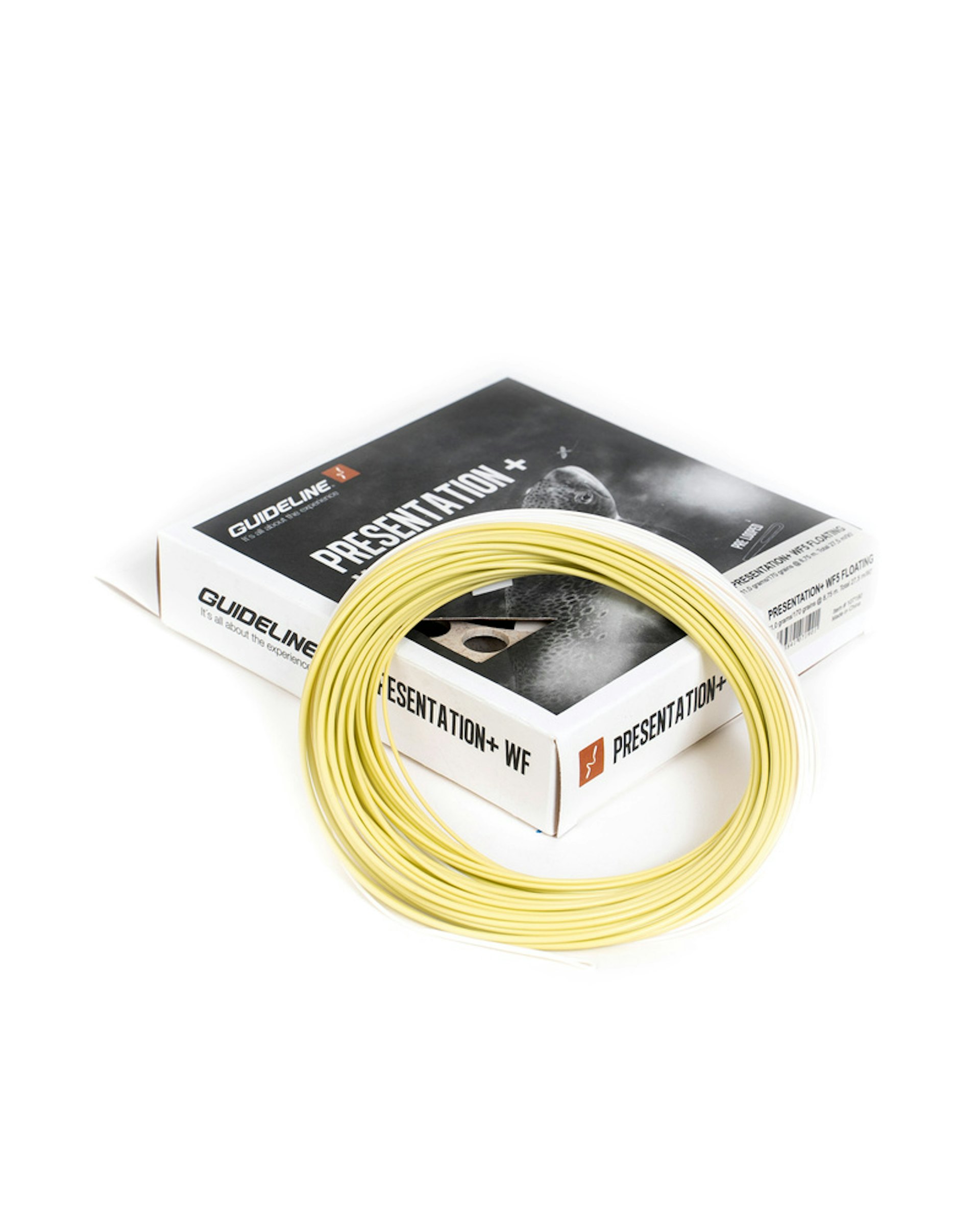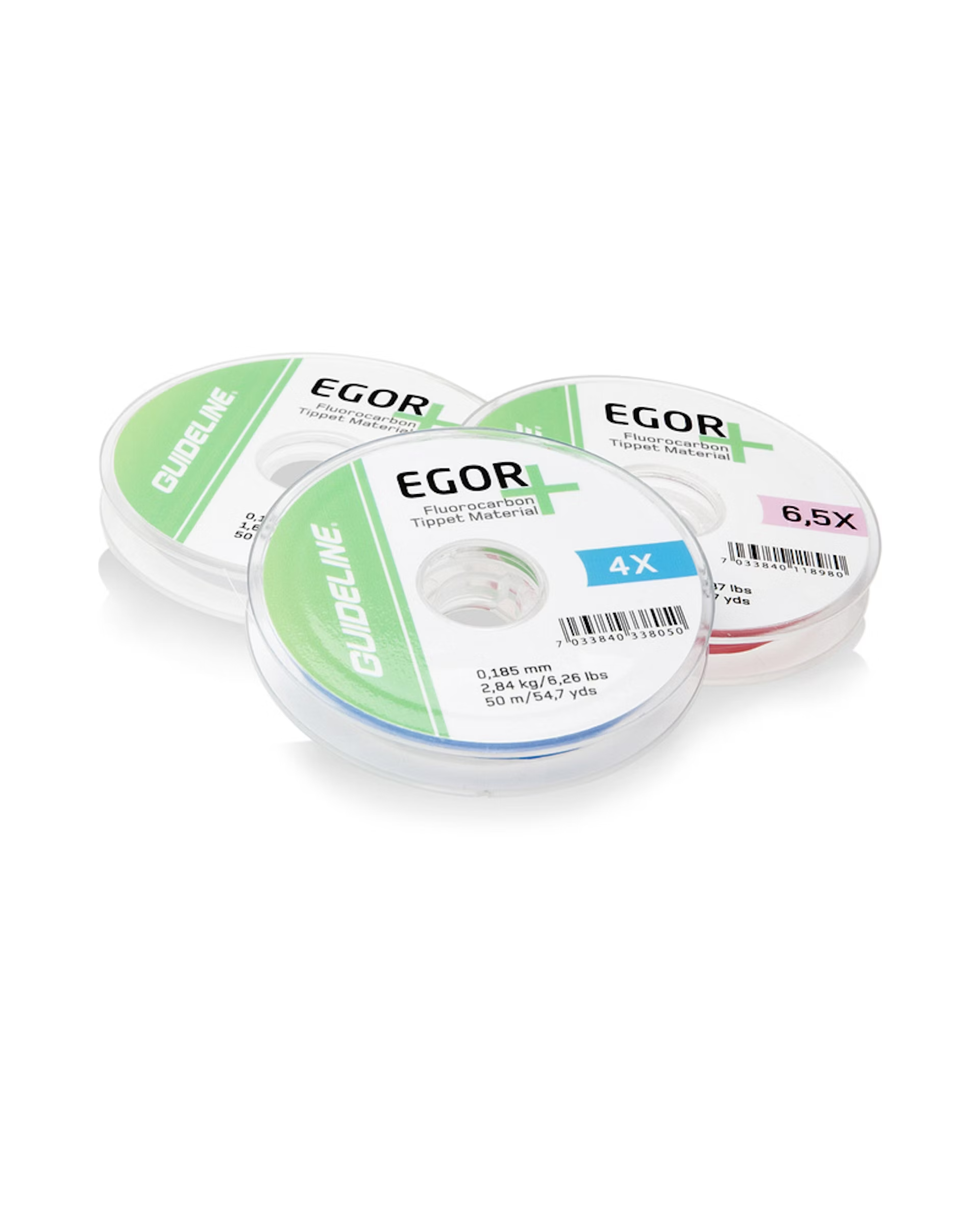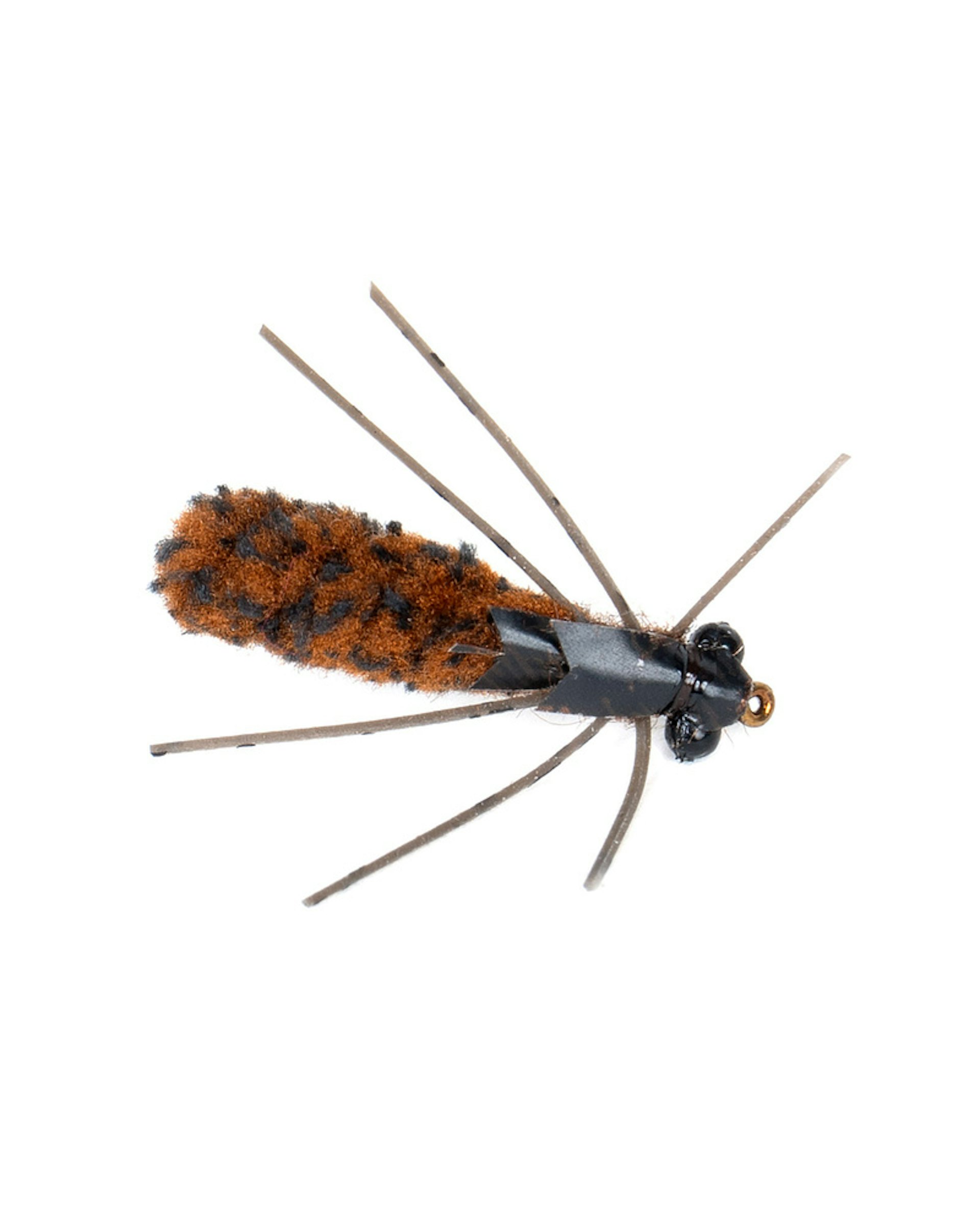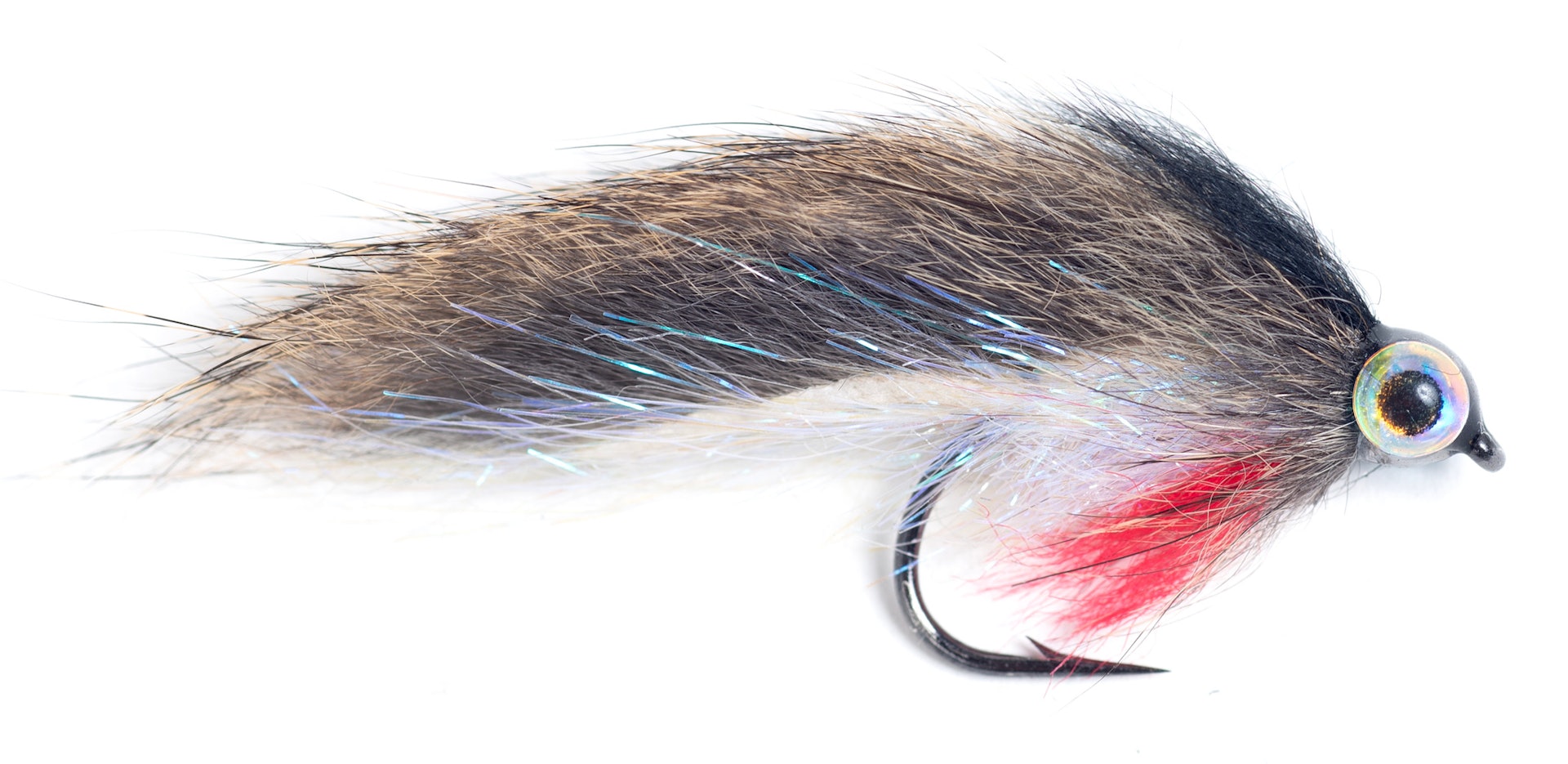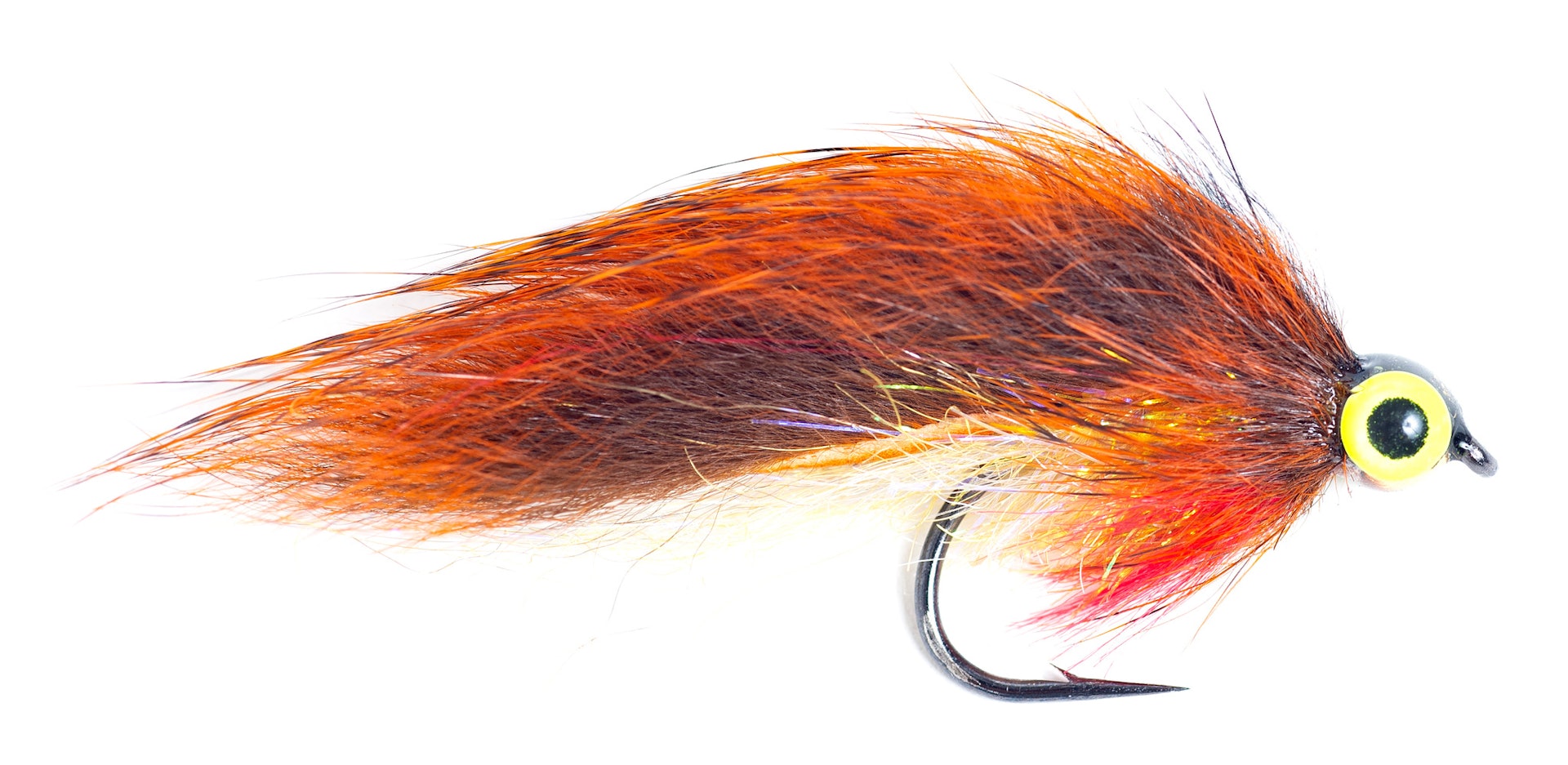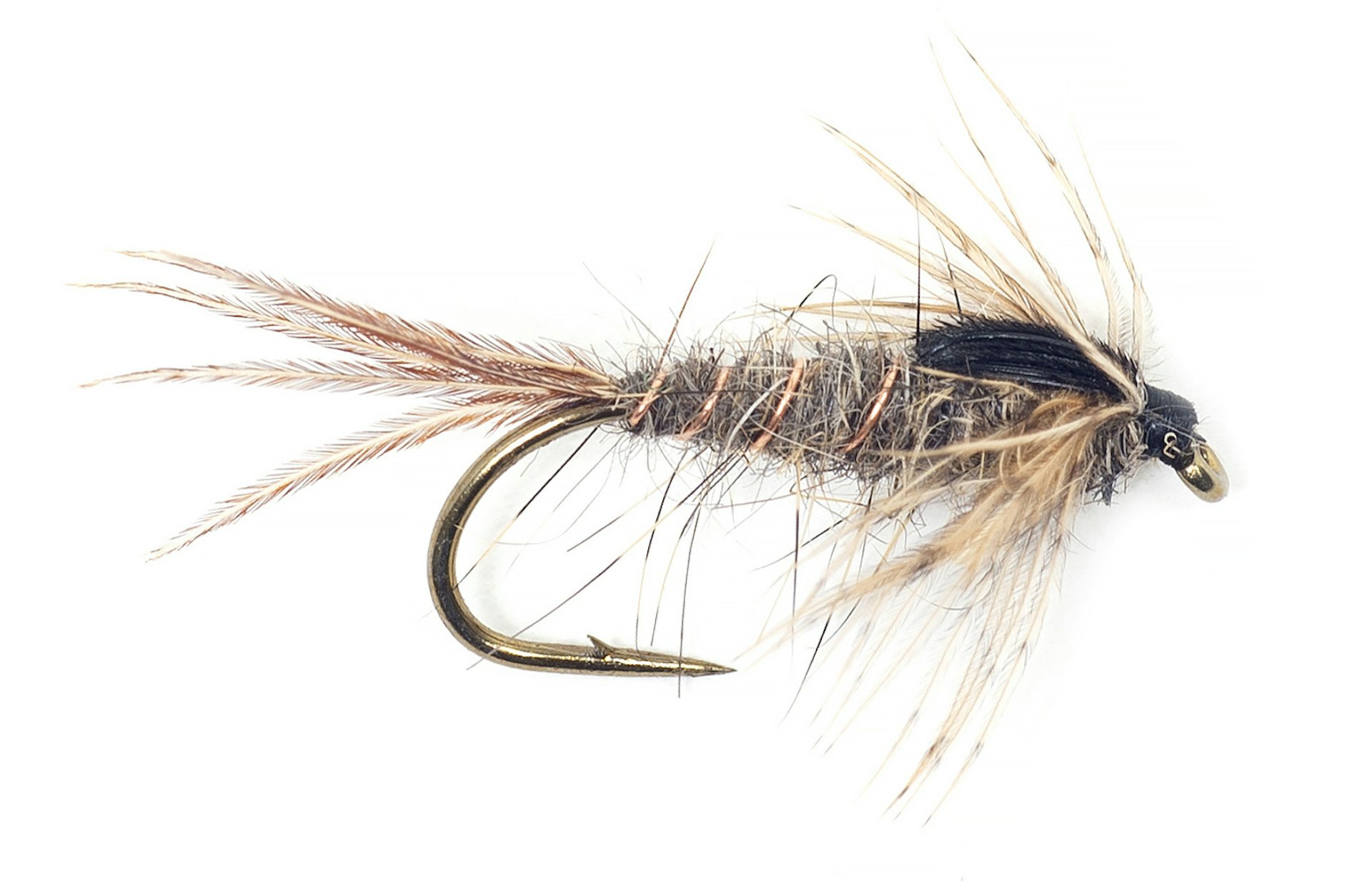Back in 2004/05 I started to experiment with streamers for imitating smaller baitfish, I wanted some flies that could be fished with a 4 or 5wt rod, easy to cast with lighter tackle since i’m mainly a dry fly fisherman. But also flies for a stealthy approach that do not make so much noise and can be cast with a long dry fly type leader (18ft) and fished with stealth on shallow water in both river and lakes. They need to break the surface fast but not sink faster than I could fish on depths of less than one meter and not get snagged on the bottom and have good balance. I also wanted a nice, tapered profile with a possibility of well-defined belly/underside so I could mix colours of dubbing and cut to shape. Both flies presented here have a bead and lead wire as additional weight.
The two patterns presented here has been used with great success since 2006 in many corners of the world by me and friends of mine and are highly universal flies. These flies also turned out to be very versatile when trout don’t prey on smaller fish/minnows. In fact, they have proven to be great all-round flies in places trout are not feeding on other fish at all. My zonkers are quite small, the fly is 4cm long from hook eye to end of the zonker tail.
The Natural Grey Minizonker one can be a perch fry or other types of dull small fish. The Dirty Yellow Minizonker I made to imitate a minnow (Phoxinus phoxinus) a small fish in carp family that is widespread. However, imitation is not only the thing here. It’s also about visibility or the lack of it. I think of streamers like salmon fishermen does. Choose colour after watercolour and how much or little you want the fly to be seen. For me most of the streamer fishing is about attraction and get a fish interested in my fly when they are not very active. To do that I try to present the fly in a way that give the fish short time to decide to take or not. And there we also have the reason why I believe these small flies are equally good or better than bigger flies. They are seen and sensed later than bigger flies. You know.. any trout that can study your fly too long get easily bored and wont bite. Food that appears all sudden and seem to escape fast = That triggers the hunt! The minizonkers are frequently used all season and my experience is that trout fancy them better as an attractor in late summer and fall vs. damsels and dragon nymphs. The reason for this could be that male trout’s are getting prepared for spawning, are less careful and a lot more aggressive towards “intruders”.
When fishing in lakes I cast from the shore or from my belly boat and in both cases I like to fish along the bank and at shallow areas where I know I can find trout. When I fish in still water I vary my retrieve, but quite fast seem to be what trout like best, “catch me if you can!”. About frequency of casting in lakes, there is no need to present the fly at the same spot repeatedly, I present the fly one time at one spot and cast at least 2-3 meters further on the next cast. If trout is in the mood and want this fly, they will find them fast and take them. A trout can sense these streamers several meters away. It’s also much stealthier to do fewer casts and focus on nice presentations at places you think that the trout could be. As always, the first cast on a spot is always the most important!
In the river you can swing the fly in classical wet fly manner but if I know where the trout is then I rather cast upstream, little further out where the fish is and when the line and fly approach the fish, I start to strip downstream towards me. This gives a natural movement for the small fish, swimming downstream, pulling these against the current won’t catch many fish.
